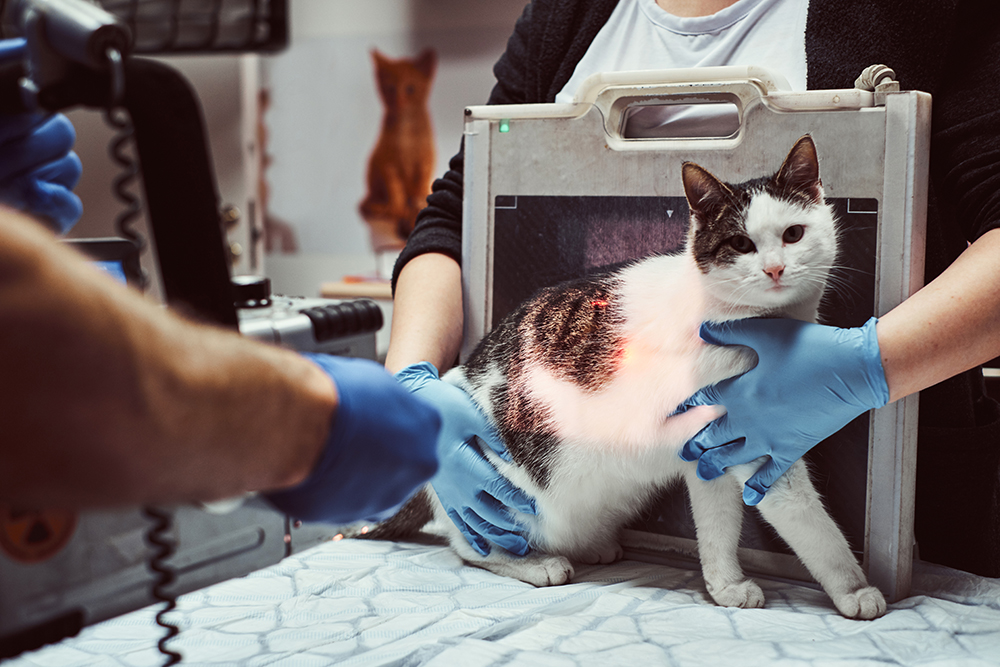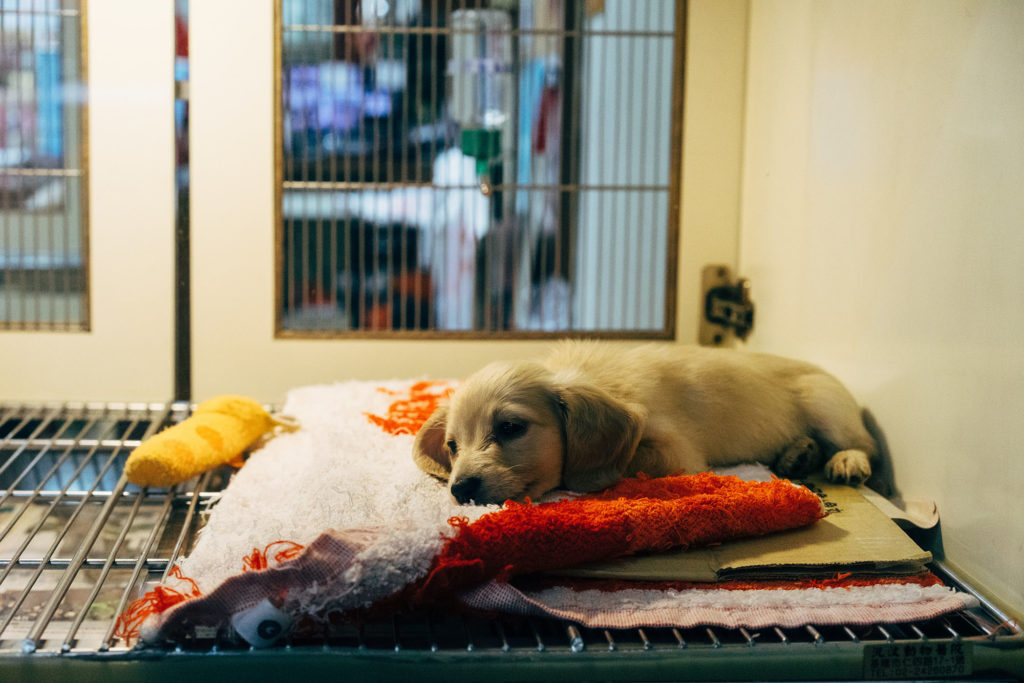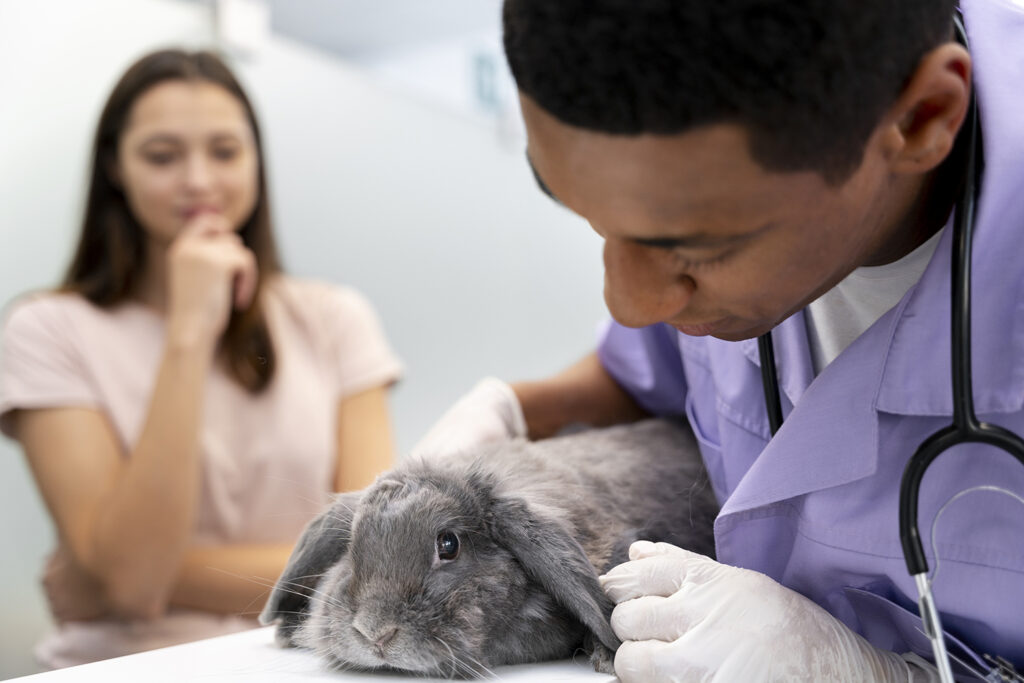Radiation in healthcare isn’t only for humans but for our furry friends, too. In Veterinary Medicine, the staff uses radiography to diagnose and treat different health issues of our pets.
If you have a pet and have regular trips to the vet, you’re probably familiar with X-rays on animals. The scenario could be a squirming patient carefully positioned and secured to the right angle. In other situations, they sedate the animals and use positioning devices. In all of these, we should consider the cumulative effects of radiation exposure.
Compared to human medicine, where they limit the use of radiation in medical facilities, vets can do X-rays and perform treatments outside their clinics. This means that the practice needs specific training and additional protective measures.

The ALARA Principle in Radiation
Now, how can vets protect themselves from occupational exposure? The answer is the ALARA Principle.
As Low as Reasonably Achievable. This principle means that no matter how low the dosage is, if it doesn’t have any benefit, you should avoid it. This should be followed in veterinary practice, too.
It has three safety principles:
- Time – Finish the work as quickly as possible and avoid retakes to minimise the exposure to radiation.
- Distance – Increase distance, decrease the dose. In vet medicine, radiographers and handlers can stay farther from the radiation source by using sedation on animals. This way, they can do with hands-free and non-manual restraints.
- Shielding – Although scientists haven’t found alarming effects and no longer recommend shields like lead aprons, veterinary staff can still request for these or any other permanent barriers.

Regulating Apparatus and Radiation Sources
In Australia, the use of radiological apparatus is regulated. Each state and territory is responsible for enforcing safety regulations. Organisations and employers devise, implement and review their radiation management plans. They make sure of regulatory compliance and employee training.
In return, employees should follow the radiation protection practices, comply with the radiation safety officer’s instructions and participate in necessary training. For pregnant workers, there should be extra care and protection.

SensaWeb Monitoring in the Workplace
Like any other workplace that involves radiation, veterinary workplaces should have a working radiation monitor. The radiation safety officer or any qualified personnel must make sure to maintain and calibrate monitors regularly.

Workplace monitoring includes taking measures in the working environment and interpreting the results, assessment, investigation and reporting.
Need radiation monitors in your veterinary clinics? SensaWeb offers its advanced technology, providing REAL-TIME radiation monitoring in business operations.
SensaWeb are proudly located in South-East Queensland, Australia, with our team spanning across Brisbane, Ipswich, Toowoomba and the Sunshine Coast. We strategically partner with local companies to support Australian-based advanced manufacturing.
Connect with us at https://www.sensaweb.com.au/contact/ or our email address: info@sensaweb.com.au. You can also call us at +61 415 409 467.